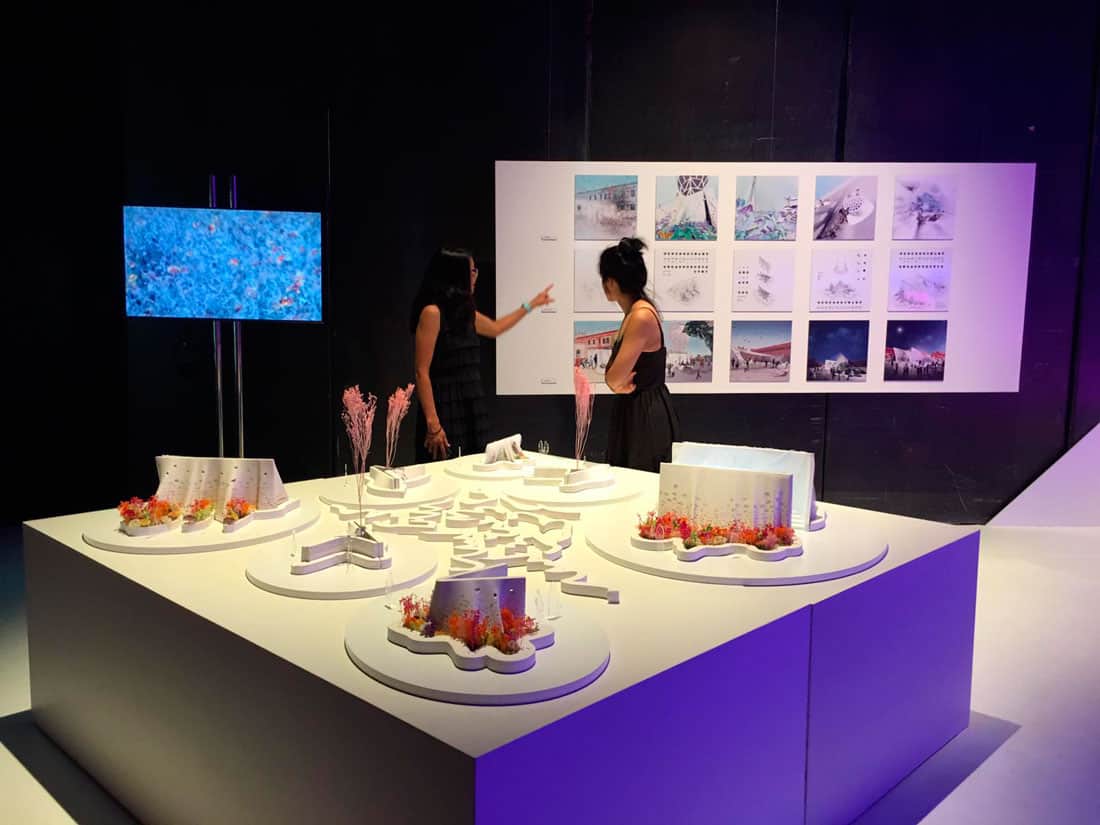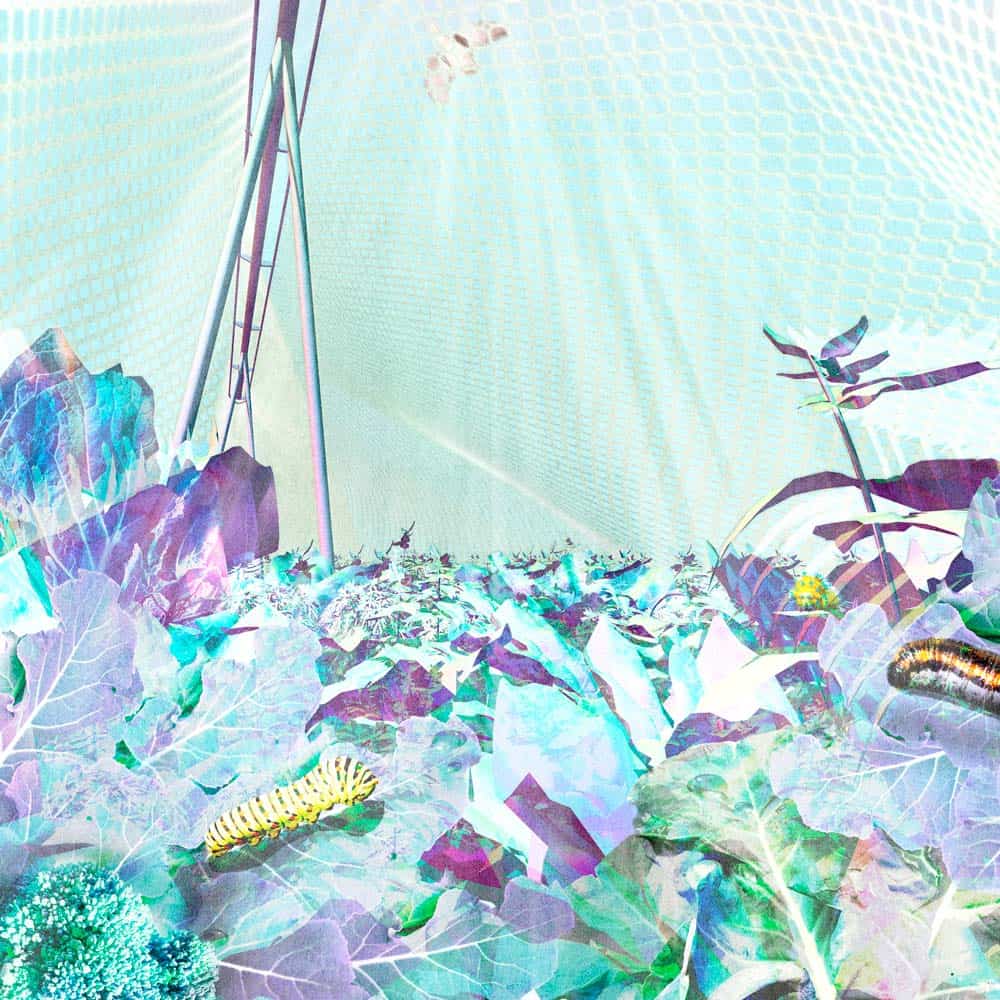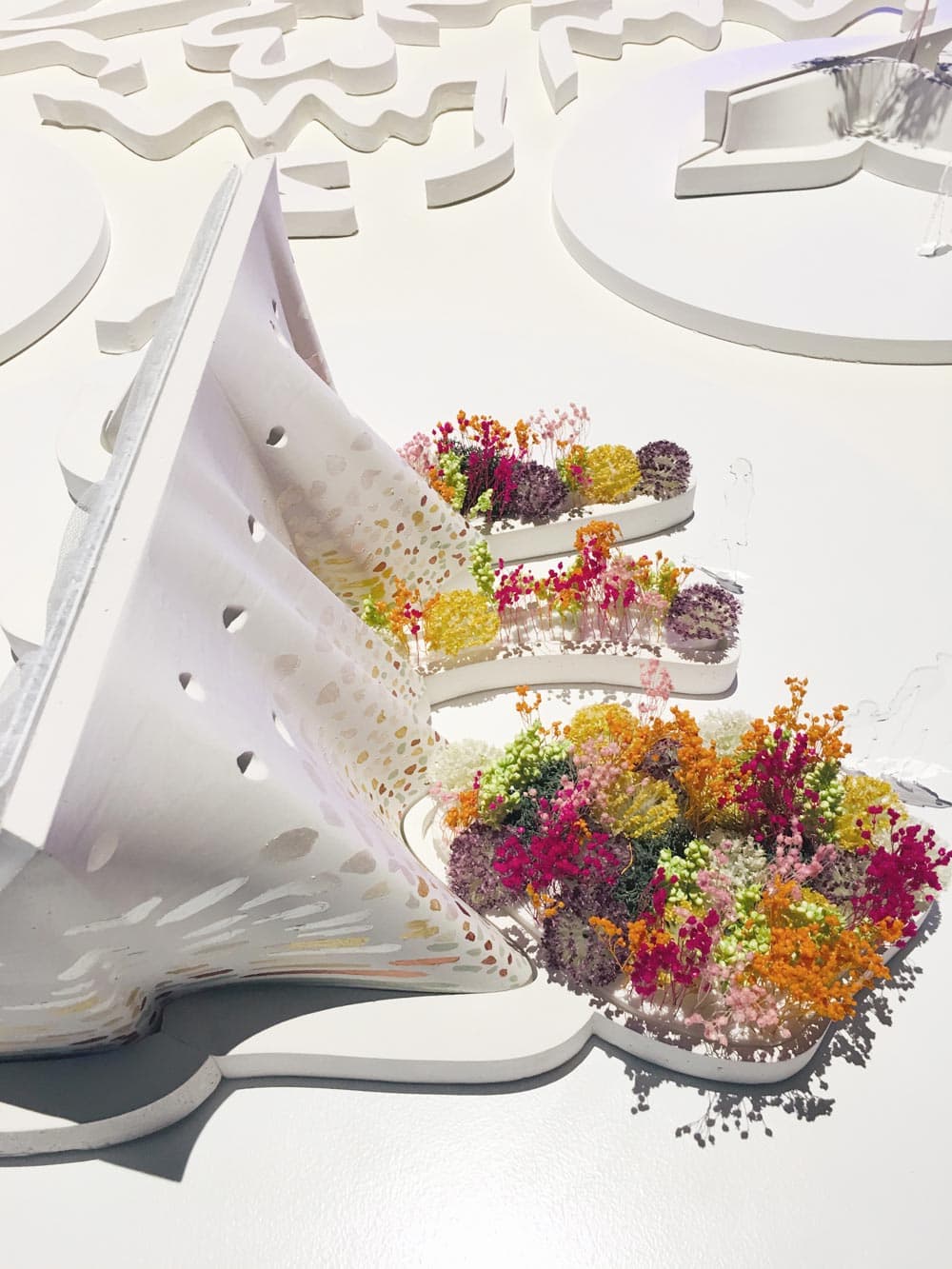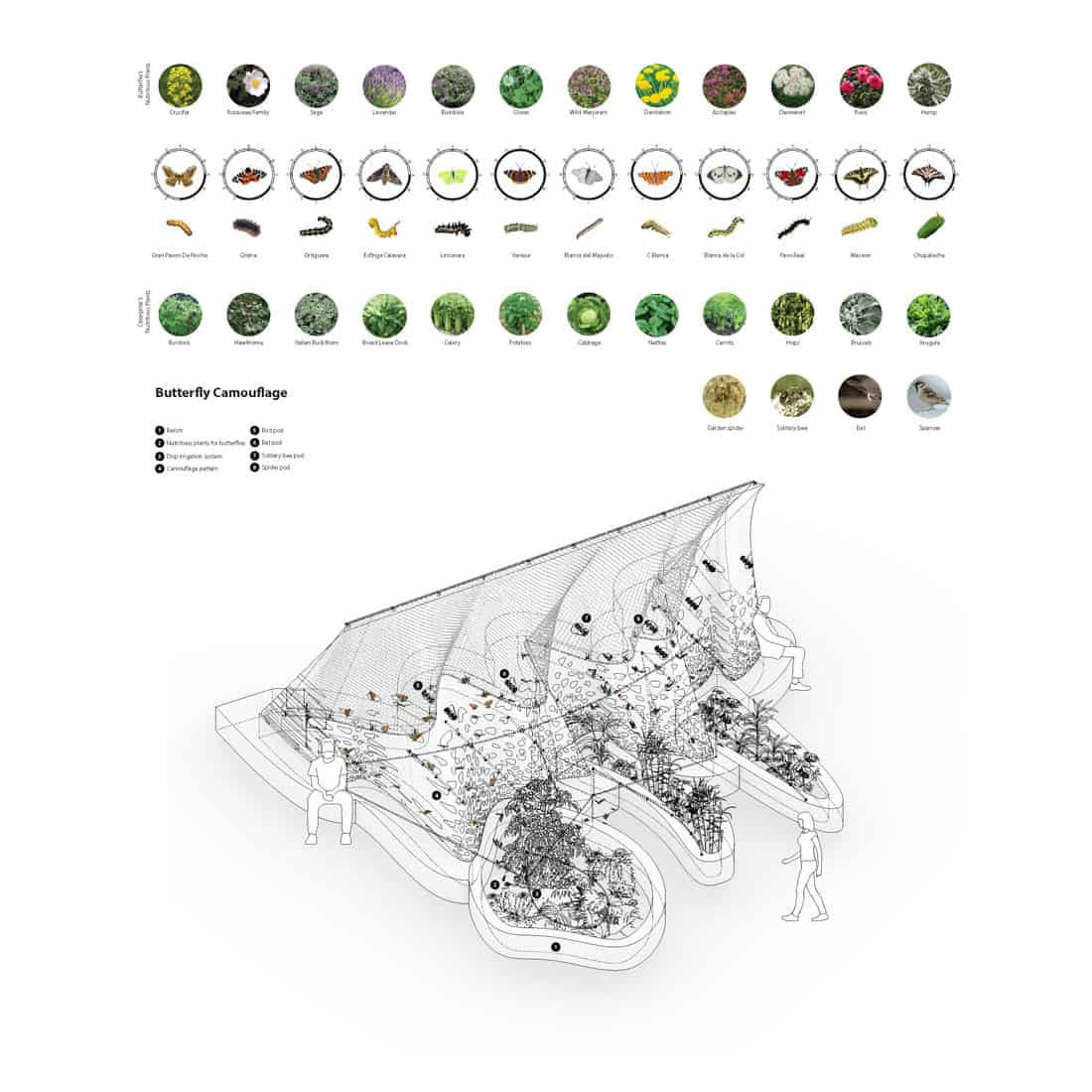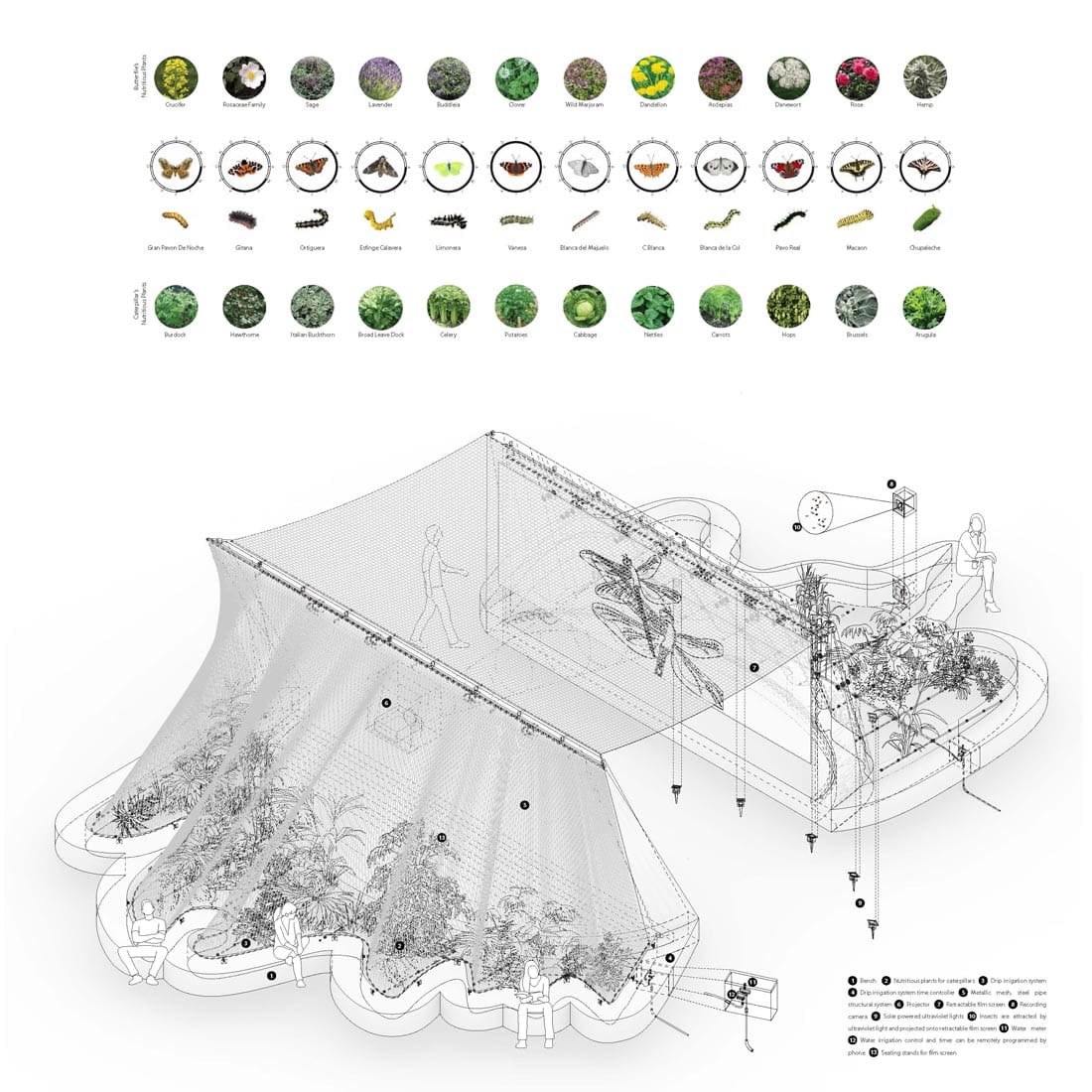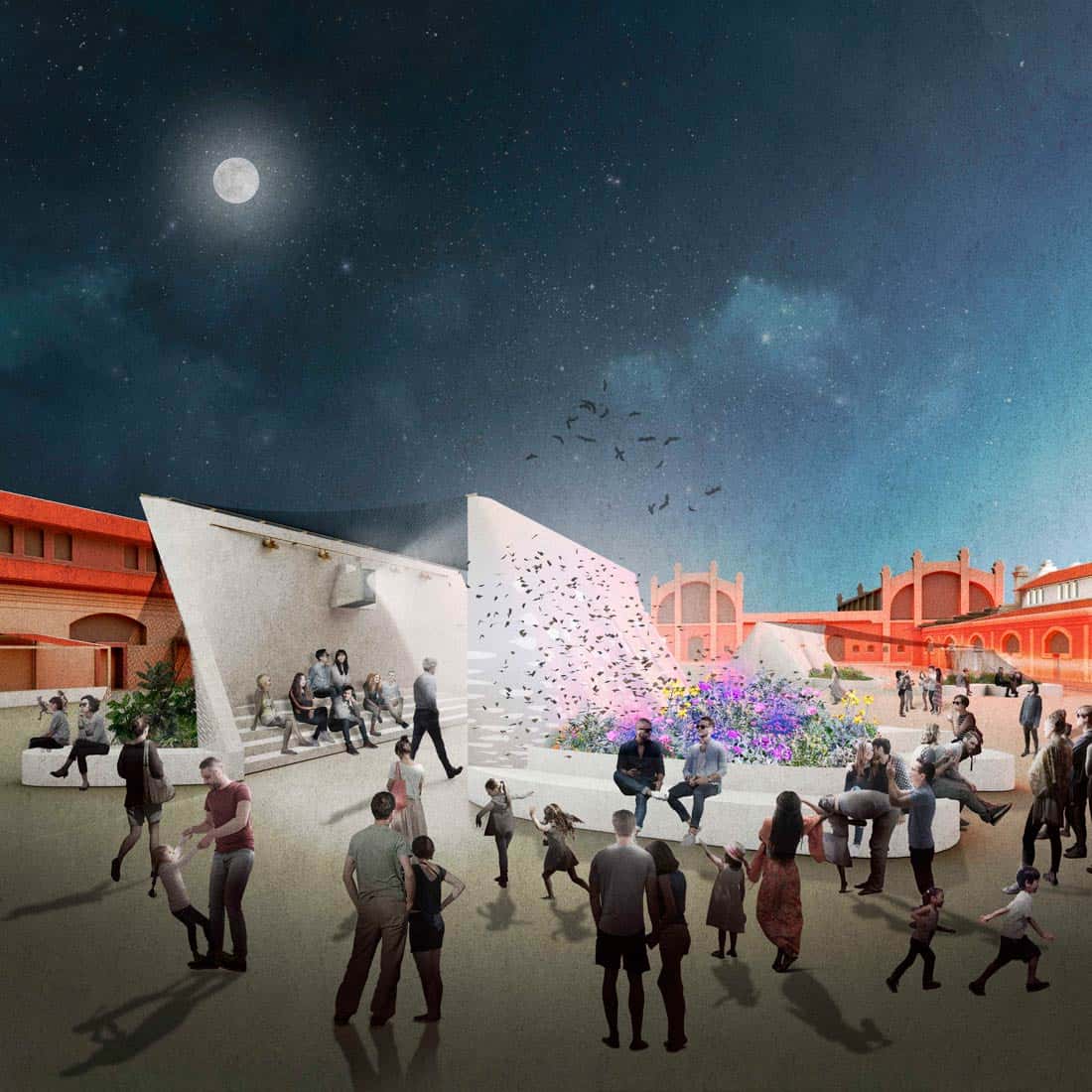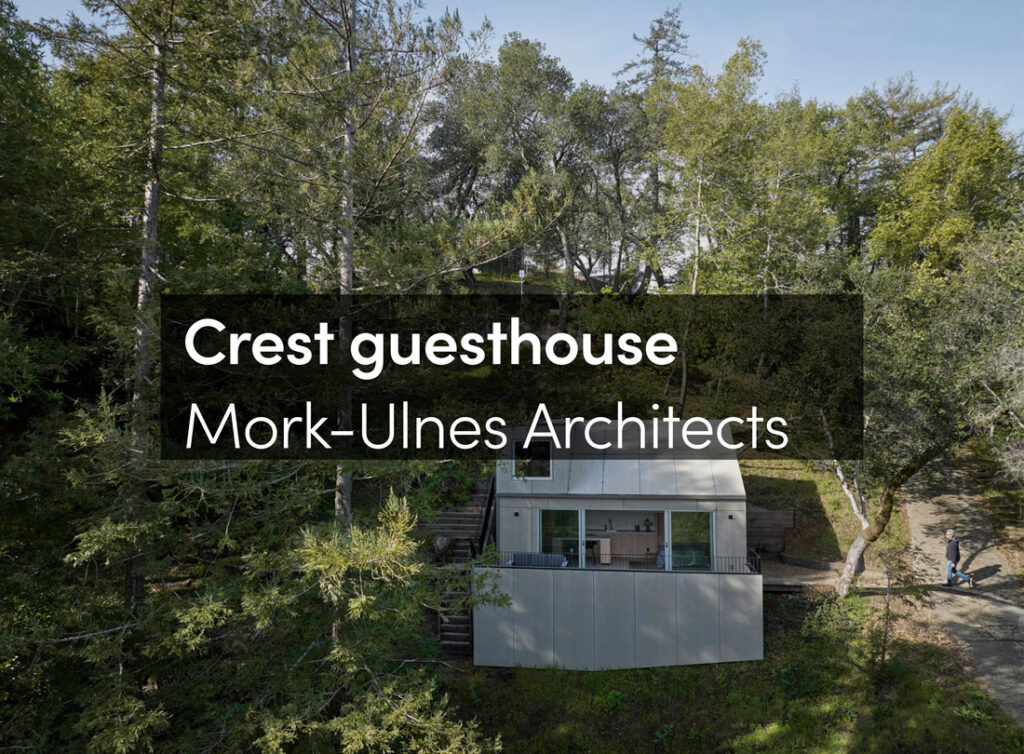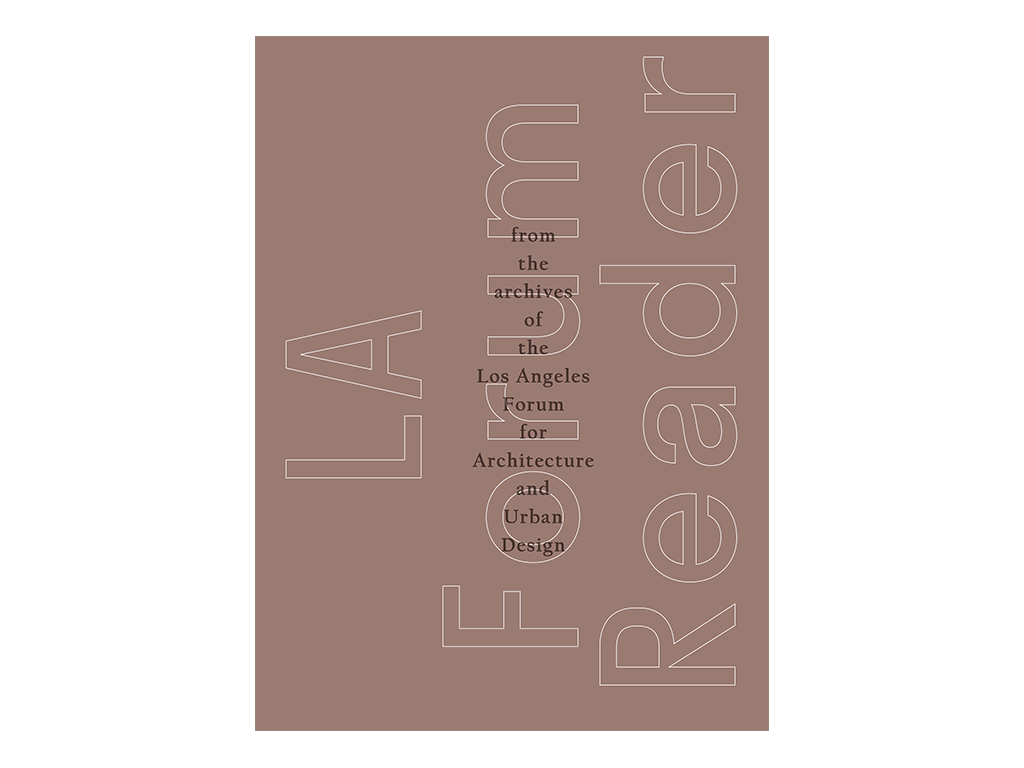Hidden in Plain Sight is a proposal for a series of urban furnishings doubling as multi-species infrastructures in dense urban city centers. The prototypes are designed by Double Happiness, a collaboration between Nerea Feliz, the author of this paper, (Nerea Feliz Studio) and Joyce Hwang (Ants of the Prairie). As a team, we bring together interests in exploring design as a proactive participant in the environment and as a reflection of socio-cultural values through material expression. Our creative practice focuses on research and design at multiple scales, with interests in the intersections of interior design, architecture, urbanism, and ecology.
In the context of urban space, from our anthropocentric perspective, the notion of “city life” typically signifies the vitality of human life, but rarely does it evoke the idea of “life” more holistically, as a web of diverse and interdependent species. Exhaustive urbanization drastically decreases biodiversity in cities by eliminating the habitats of most native species. The environmental damage of urbanization takes a significantly longer time to recover from than that of agriculture. While we often think of cities as human territory, the reality is that they are home to a multiplicity of life forms. Among the most plentiful and diverse living populations in cities are insects and arthropods. They constitute over 80% of the world’s species population but often elude visible recognition. According to a number of recent studies (Carrington, 2019), 40% of insect species are in danger of extinction in the coming decades. This is eight times faster than the rate of extinction of other species. Butterflies and moths are among the most endangered. Intensive agriculture, specifically the extensive use of pesticides, is the main cause of the decline of this population; however, climate change and urbanization also play an important role.
In urban environments, insects are a significant part of the ecosystem. Various insect species are bioindicators, or “living barometers” of environmental conditions. They are pollinators, seed dispersers, decomposers, and serve as a food source for other species such as bats, birds, reptiles, amphibians and fish. In the absence of insects, some of these other species will also be endangered. The Anthropocene has dramatically made apparent the dominant position of humans towards other species. A recent study estimates that 96% of all mammals currently on the planet are either humans or livestock (Yinon M. Bar-On, Rob Phillips, & Ron Milo, 2017). 70% of all birds on Earth are chickens and other poultry raised for human consumption. Parallel to climate change, experts foresee an incipient biodiversity crisis marking the beginning of a huge loss of species on Earth. So, while insects have conventionally been considered undesirable pests within densely populated areas, in the face of the incoming biodiversity threat, this perception is slowly starting to change. We need to reexamine our preconception of the “pest” to avoid intensifying the ecological crises that we are experiencing (Joyce Hwang, 2013).
When it comes to sustainability within architecture’s disciplinary sphere, most common concerns and efforts focus on using renewable energy and resources and limiting energy consumption through a greater understanding of materials’ embodied energy, construction methods, and reducing a building’s operational carbon footprint. Design disciplines linked to the built environment, which have traditionally exhibited an exclusively anthropocentric focus, are increasingly aware of the need to actively engage in protecting biodiversity in urban environments. When dealing with insects specifically, in recent years we have witnessed the appearance of insect hotels and bee corridors in cities. In the heart of London, for example, a number of insect hotels have been placed in Russell Square Gardens, while a seven-mile-long wildflower corridor is being planted to boost bee populations in the north of the city. While these examples portray how contemporary landscape design practices can foster the presence of insects in urban environments, Hidden in Plain Sight seeks to consider how designers can contribute and engage with the dialogue surrounding this pressing global crisis. Global climate as a challenge is not just scientific and technological, but also cultural and political. In the realm of public space, design, as a time-specific intervention and communication device, can help amplify current discourse on climate change. Hidden in Plain Sight aims to bring visibility and awareness to various forms or urban “life” and support an inclusive web of interdependent species, both human and non-human. Beyond fostering inclusivity of non-human species, especially insects, in city environments, the project seeks to cultivate a sense of urban intimacy between us and other life forms that inhabit the city, fostering respect, curiosity, and even admiration toward the under-acknowledged world of insects.
Hidden in Plain Sight is part of a multi-year initiative to turn the outdoor courtyard of Matadero, a cultural center in Madrid, Spain into a laboratory for testing nature-based solutions that increase the resilience of this public space towards climate change. Hidden in Plain Sight is part of a collective Cyborg Garden proposal comprised of works by a selected group of architects and artists. The Cyborg Garden project is directed by Matadero Madrid and curated by elii [architecture office] as part of a broader initiative from Matadero Mutant Action. Hidden in Plain Sight was presented as part of the Cyborg Garden and Eco-visionaries exhibition that took place at Matadero Madrid from June 14 to Oct. 6, 2019. During the design process, we participated in a series of monthly interdisciplinary workshops with representatives from Matadero Madrid, as well as scientists and experts from the Universidad Politécnica de Madrid. Regular consultation with experts including environmental engineers, entomologists, botanists and pedologists informed the design proposition.
To support and cultivate beneficial insect populations, the project identified some local butterflies and moth species: Blanca del Majuelo, Blanca de la Col, Chupaleche, Macaon, Grand Pavon de Noche, Gitana, Ortiguera, Limonera, Vanesa and Esfinge Calavera. The prototypes are designed as supportive habitats for caterpillars and butterflies. Experts* helped determinate the specific local plants that attract both caterpillars and butterflies, as their diet significantly changes as they mature. Gardens filled with nutritious plants for caterpillars, such as arugula and Brussels sprouts, are mesh-enclosed to protect them from predators. The mesh also prevents human visitors from coming into contact with stinging nettle and other plants that are beneficial to caterpillars, yet potentially irritating to humans. Open planting beds house brightly colored wildflowers specially curated to attract nectar-seeking butterflies.
Hidden in Plain Sight is comprised of a series of urban furnishings that improve the quality of our urban public spaces by providing seating, lighting, shade, and vegetation. This family of prototypes operate between and across scales – from the scale of humans to the scale of the insect. A series of urban rooms, walls, and furniture can function as individual units or in aggregation – setting the stage for public programming, such as film screenings and small concerts. The goal is to enhance insect habitability, while also increasing people’s comfort and inciting human curiosity through new spatial and perceptual experiences. Stemming from the fascinating world of insect vision and perception, the project uses colors, patterns, and light for both insect and human benefit. To provide a sense of camouflage for butterflies, patterns are imprinted on the prototypes’ fabric-like curving walls, and color-coordinating with adjacent wildflowers. To promote habitability by birds, bats, bees, and other insects, distinct ‘pods’ are fabricated and inserted into the upper portions of the prototype walls, adding a textural and volumetric dimension to the prototypes’ undulating surfaces. At night, the design uses ultraviolet black light to attract insects, a phenomenon that can be video-recorded and projected as a form of spectacle. The aim of Hidden in Plain Sight is to create a sense of shared interiority across species at the heart of an urban environment.
Hidden in Plain Sight seeks to provoke, interrogate, reflect, and expand our current understanding of urban occupancy. We know how social inclusion and exclusion in urban environments are spatially constructed. It is clear how minor design details, such as the inclusion of armrests on public benches, prevent homeless populations from sleeping on them, thus contributing to social segregation in our urban interiors. It is time for our disciplinary anthropocentric view on urbanity, as a diverse combination of people from various socioeconomic groups and cultural backgrounds, to be expanded to include a web of interdependent species, both human and non-human. A new and inclusive form of urban design could start altering the physiognomy of the city across its multiple nested scales to respond to the recursive relationship between and across species. This paradigm change, from a human-centered urbanity to a multi-species one might be expedited by raising awareness of the other creatures that also inhabit the city. Promoting a sense of shared interiority, not just among a diverse human population but between different forms of urban life, may contribute to transforming public opinion, fostering urban intimacy between us, the environment, and the multiple life forms that inhabit it.
